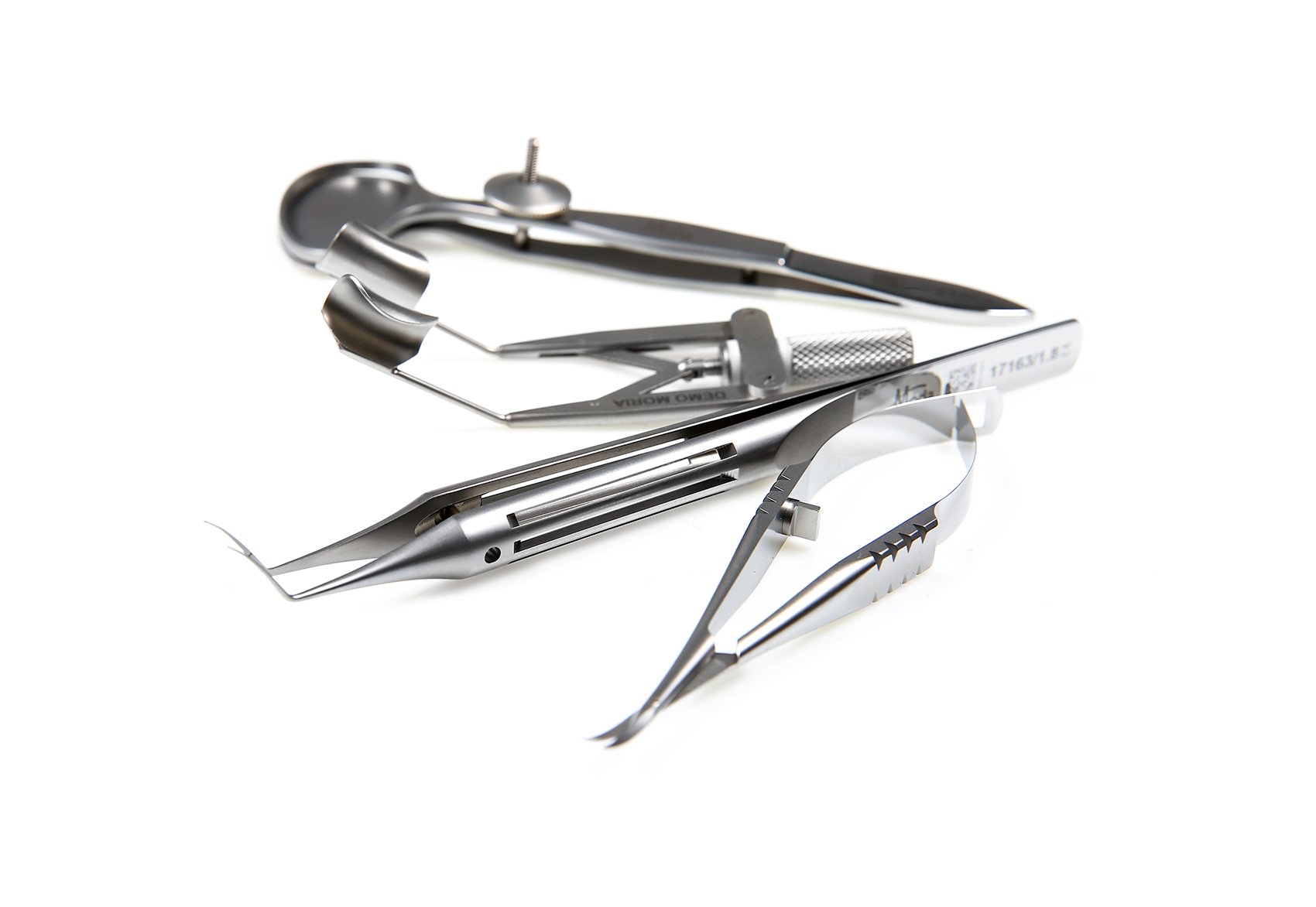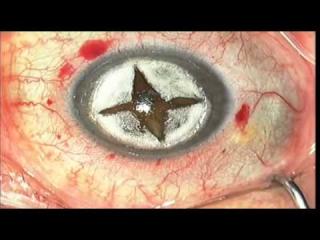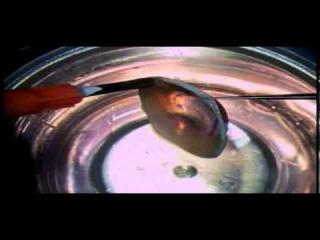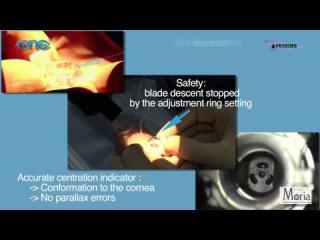What is morganian cataract?
Morganian cataract is an eye disease that was first discovered by Giovani Battista Morgagni in the 18th century. The name of this type of cataract derives from Dr. Morgagni’s name. It is a type of hypermature cataract caused by the cortex’s liquefaction and the falling of the dense nucleus into the bottom part of the capsular bag.
This form of cataract usually happens when cataract remains untreated. It happens mostly in developing countries with poor ophthalmic treatments[1].
Age as a risk factor of morganian cataract
Cataracts usually appear in the elderly. Morganian cataract is also linked to age, but diabetes and regular exposure to sunlight are also risk factors. If untreated, it can lead to glaucoma and, in more serious cases, to vision loss.
Morganian cataract symptoms
The two main symptoms of morganian cataract are :
- reduced eyesight from near to distance
- glare.
Clinical signs of morganian cataract
The following signs can help ophthalmologists diagnose morganian cataract:
- painless and gradual eye vision decrease
- floating dense nucleus within the liquified cortex
- calcium traces within the anterior capsule
- retinoscopy doesn’t show any red fundus glow
- a visible triangle area delimited on the anterior and posterior part by the anterior and posterior lens capsule. The lens nucleus forms the triangle base[2].
[1] J. Brzezinska ⁎, P. Lewandowski, R. Philips - 331 Chirurgie de cataracte de Morgagni par phacoémulsification : à propos de deux cas - EM Consulte (En ligne) - https://www.em-consulte.com/article/213361/331-chirurgie-de-cataracte-de-morgagni-par-phacoem#:~:text=Introduction,%C2%AB%20fluido%2Ddura%20%C2%BB).
[2] Sabin Sahu, MS - Morganian Cataract - American Academy of Ophthalmology (En ligne) - https://eyewiki.aao.org/Morganian_Cataract#:~:text=Morganian%20cataract%20is%20a%20form,the%2018th%20century%20anatomical%20pathologist.
What causes morganian cataract?
Morganian cataract is characterized by a speed fiber dissolution. Eosinophilic fluid accumulates between lens cells which leads to displacement and degeneration of the surrounding cells. Morganian globules (globules resulting from the cortical cell walls’ breakdown) accumulate and replace the whole cortex, which leads to morganian cataract.
When such stage is reached, the central dense nucleus starts depending on gravity which results in its deplacement to the lower region of the capsular bag lens[1].
[1] Sabin Sahu, MS - Morganian Cataract - American Academy of Ophthalmology (En ligne) - https://eyewiki.aao.org/Morganian_Cataract#:~:text=Morganian%20cataract%20is%20a%20form,the%2018th%20century%20anatomical%20pathologist.
Can hypermature cataract be removed?
Yes, morganian cataract can be surgically removed by 2 techniques: phaco-emulsification & extra-capsular extraction, although this type of surgery can be slightly more challenging than the one performed to remove cataract at an early stage. The experience of the surgeon and the ophthalmic tools used during this intervention are two key elements that ensure a successful intervention.
How to treat a morganian cataract?
Several surgical techniques can be used to make visualization easier during hypermature cataract surgery and to control the creation of a capsulorhexis. These two elements ensure a successful surgical morganian cataract treatment[4].
The creation of continuous curvilinear capsulorhexis
Continuous curvilinear capsulorhexis might be more difficult to perform in morganian cataract. This is mainly due to the high intralenticular pressure that can result in the lens capsule tearing. On the other hand, the surgical challenge of this technique to treat morganian cataract lies on the lack of red reflex and the displacement of liquefied cortical material within the anterior chamber following the capsule opening.
To perform morganian cataract surgery using curvilinear capsulorhexis forceps, surgeons are advised to darken the operating room while increasing microscope magnification as well as coaxial lights.
Improving visualization during hypermature cataract surgery
To stain the anterior lens capsule during morganian cataract surgery and to highlight contrast between the underlying lens and the anterior capsule, trypan blue can be used. The anterior part of the capsulorhexis can thus be seen with more precision. Some ophthalmic surgeons also use side illumination using an endoilluminator in order to get a better visualization of the capsular tear.
Limiting the risk of uncontrolled capsular tear during morganian cataract surgery
When performing morganian cataract surgery, there is a high risk of uncontrolled capsular tear. To avoid this, capsulorhexis can be performed in two stages. The surgeon starts by making a small continuous curvilinear capsulorhexis. The content of the liquefied lens is then aspirated.
The advantage of this two-stage technique is that there are less unexpected radial tears.
IOL implantation
The last stage of hypermature cataract surgery is the implantation of an intraocular lens (IOL) through small incisions. The IOL is an artificial lens that replaces the original natural one during cataract surgery. IOLs come in various types and allow the patient to get their eye vision back right after the morganian cataract surgery[5].
[4] Amanda C. Maltry, MD; Anna S. Kitzmann, MD - Morganian Cataract - The University of Iowa (En ligne) - http://webeye.ophth.uiowa.edu/eyeforum/cases/146-morganian-cataract.htm
[5] Yoshihiro Takamura, MD, PhD; Namiki Oishi, MD; Eri Kubo, MD, PhD; et al - Morganian Cataract With an Isolated Posterior Capsular Opening - Jama Network (En ligne) - https://jamanetwork.com/journals/jamaophthalmology/fullarticle/415723









